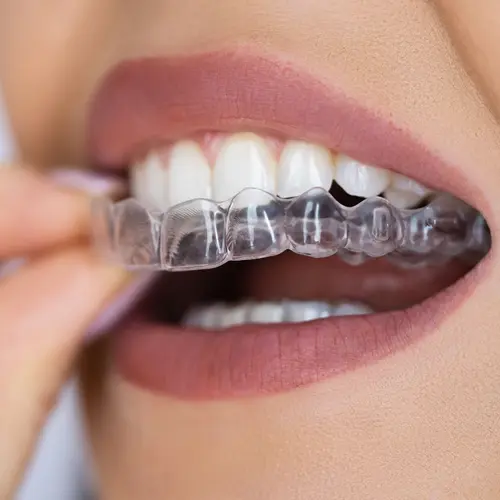Even before babies have teeth, their mouths need care to protect against damage and decay later in life. Here's some expert advice:
Pacifiers
A pacifier won't hurt jaw development or tooth alignment, provided he doesn't use it constantly or stick to it for too long. Robert Delarosa, DDS, a pediatric dentist in Baton Rouge, LA, says he prefers a pacifier to thumb sucking because children tend to stop using the pacifier sooner.
When shopping for a pacifier, safety is key. "You don't want any pieces coming apart, and you don't want babies swallowing anything," Delarosa says. "I would look for something that's solid and in one piece."
Pacifier nipples come in a few different shapes, from the rounder bottle type to flattened orthodontic versions with a wider tip. Orthodontic pacifiers are supposed to keep your baby's jaws in proper alignment, but Delarosa says that the frequency, intensity, and duration of sucking are more likely to affect your child's bite than a pacifier type. Use whichever one your baby prefers.
Pacifiers are available in latex or silicone. The material probably doesn't make much of a difference to your child's teeth, but latex nipples aren't dishwasher safe. You'll have to wash them by hand to prevent bacteria buildup.
Tooth Care
You'll want to clean your baby's gums in the first few months. This is a low-tech operation; a dampened piece of gauze or washcloth works fine, Delarosa says. Or you can buy finger cots, which you slip over your finger and rub along the gums. "That also helps with teething," he says. "It makes the gums feel a little better."
The dental care regimen needs to get more serious once tooth buds appear. "As soon as teeth come in they will be targets for plaque," Delarosa says. "You want to brush two times a day." Use any children's toothbrush with a small head and soft bristles. Once your child is a little older, a brush with a musical timer can help with learning how long to brush -- 2 minutes at a time.
Toothpaste recommendations have changed in the last couple of years. Today, the American Dental Association advises using a fluoride paste as soon as the first tooth appears. Delarosa says any brand is OK. Use a smear of toothpaste about the size of a grain of rice until age 3, and then a pea-sized amount from ages 3 to 6.
Don't forget to floss, which you should start to do as soon as baby's first teeth come in side by side. Disposable dental floss holders will make the job easier on both of you. "Go in between the teeth gently," Delarosa suggests.
Ask your pediatric dentist:
- Are my baby's teeth coming in normally?
- What signs of a tooth problem should I look out for?
- What can I do to prevent tooth decay?
- What foods can protect my baby's oral health?
- Are fluoride drops needed in my water district?
Find more articles, browse back issues, and read the current issue of "WebMD Magazine."
